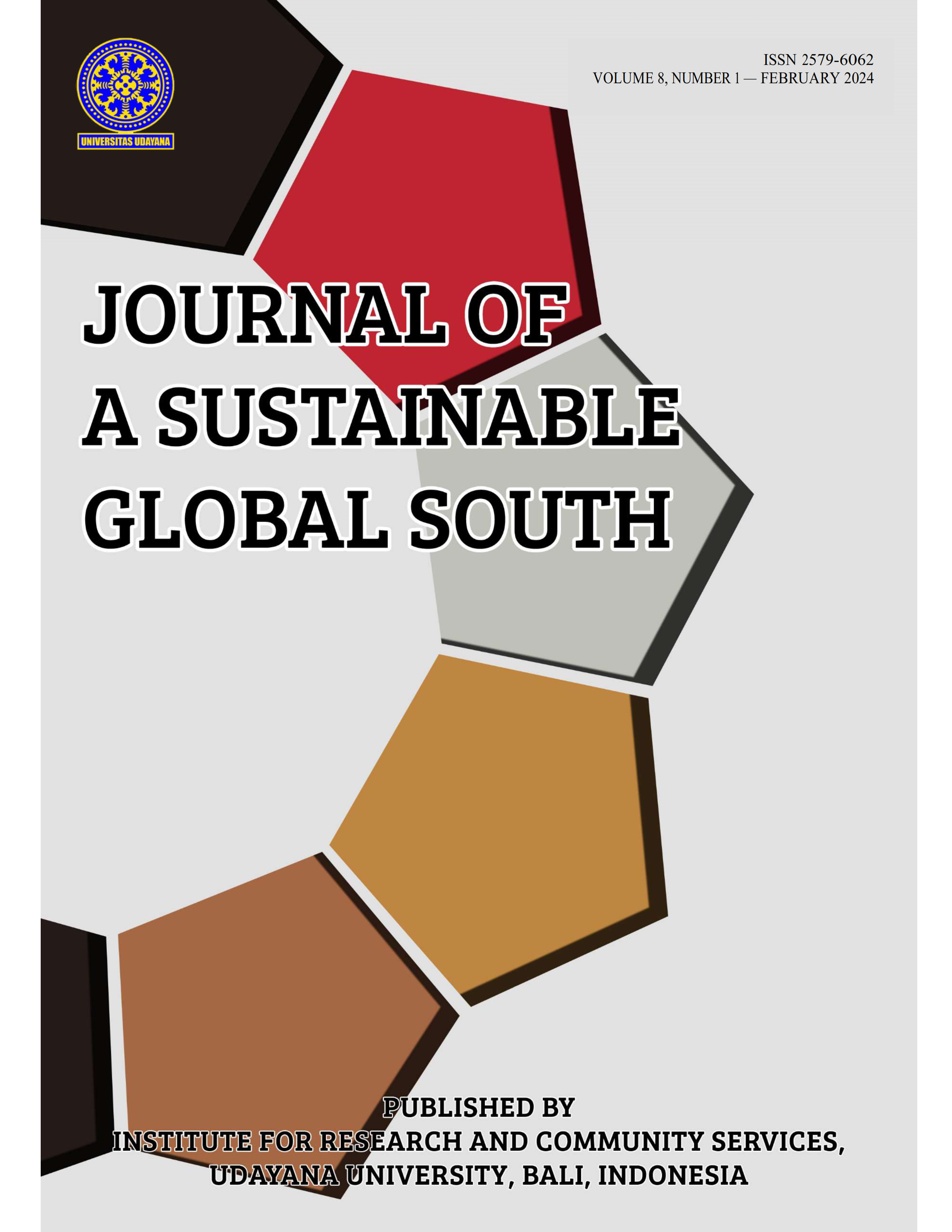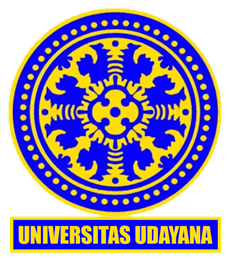Identification of Tri Hita Karana Aspect in Taro Village
Abstract
Tri Hita Karana is a symbolization of happiness for Hindus People in Bali. To reach the bless from Tri Hita Karana, Balinese people must always make a harmonies relationship with God (Parahyangan), with human being (Pawongan) and with Environment (Palemahan). There are two types of villages in Bali: plain Bali villages, which are younger and found in the island's plains, and mountain Bali villages (Bali Aga), which are older, traditional settlements. Taro Village, one of Bali's oldest traditional villages, is made up of 14 banjars and is renowned for its rich cultural legacy. It also served as the model for the island's subak system. The identification of Tri Hita Karana elements adopted by the Taro Village community is attempted to be explained in this article. This study employed an exploratory qualitative methodology that included literature research and in-person observation. The study's findings demonstrate how Tri Hita Karana is practiced in Taro Village, Bali, as evidenced by the variety of customary rituals and the community's commitment to upholding the harmony of nature, humanity, and spirit in daily life.
Index Terms— Bali Aga, Taro Village, Parahyangan, Pawongan, Palemahan.
Downloads

This work is licensed under a Creative Commons Attribution 4.0 International License.










(1).png)


